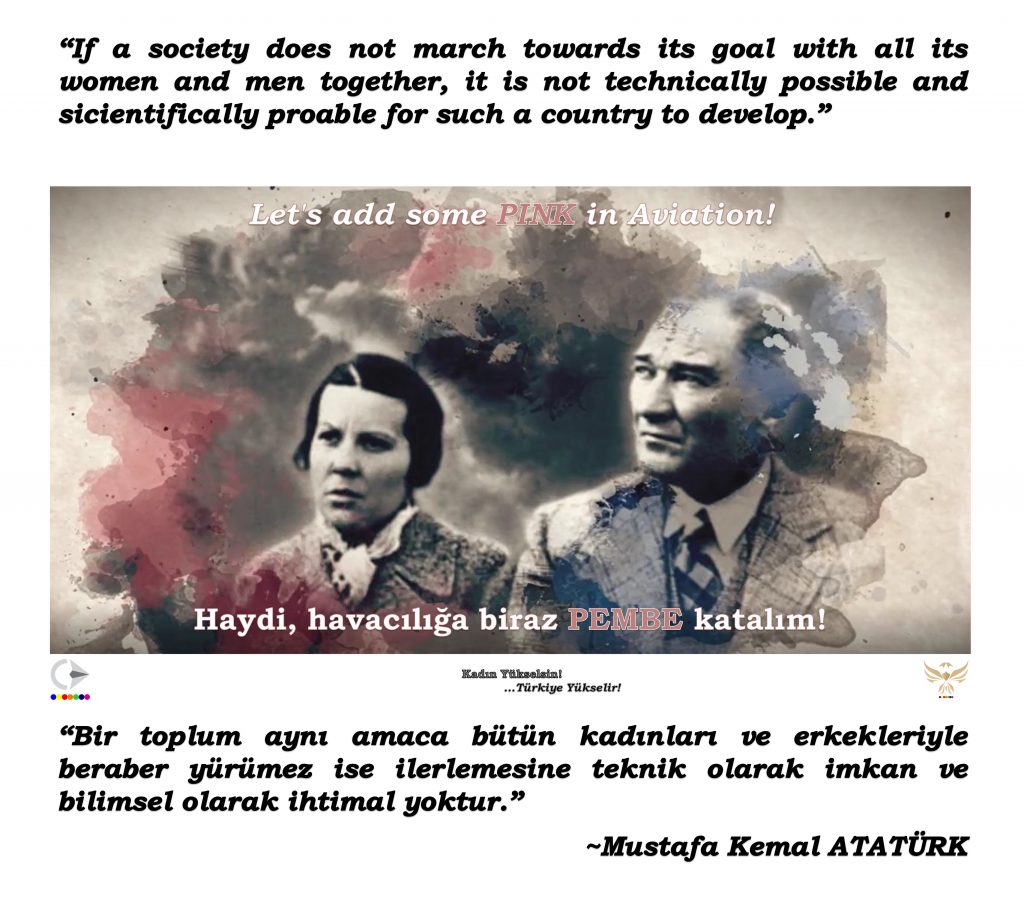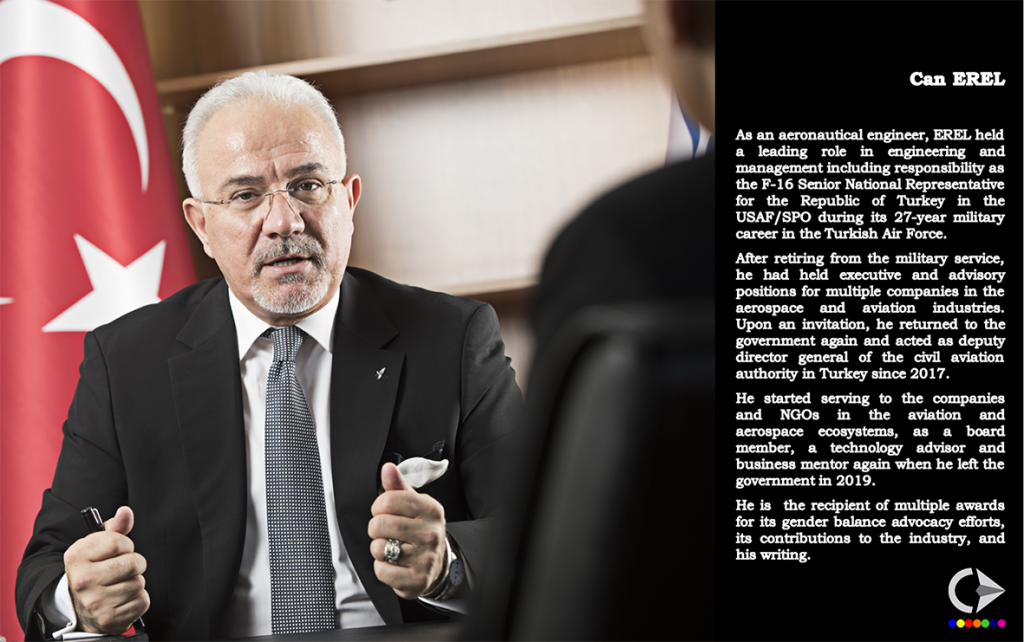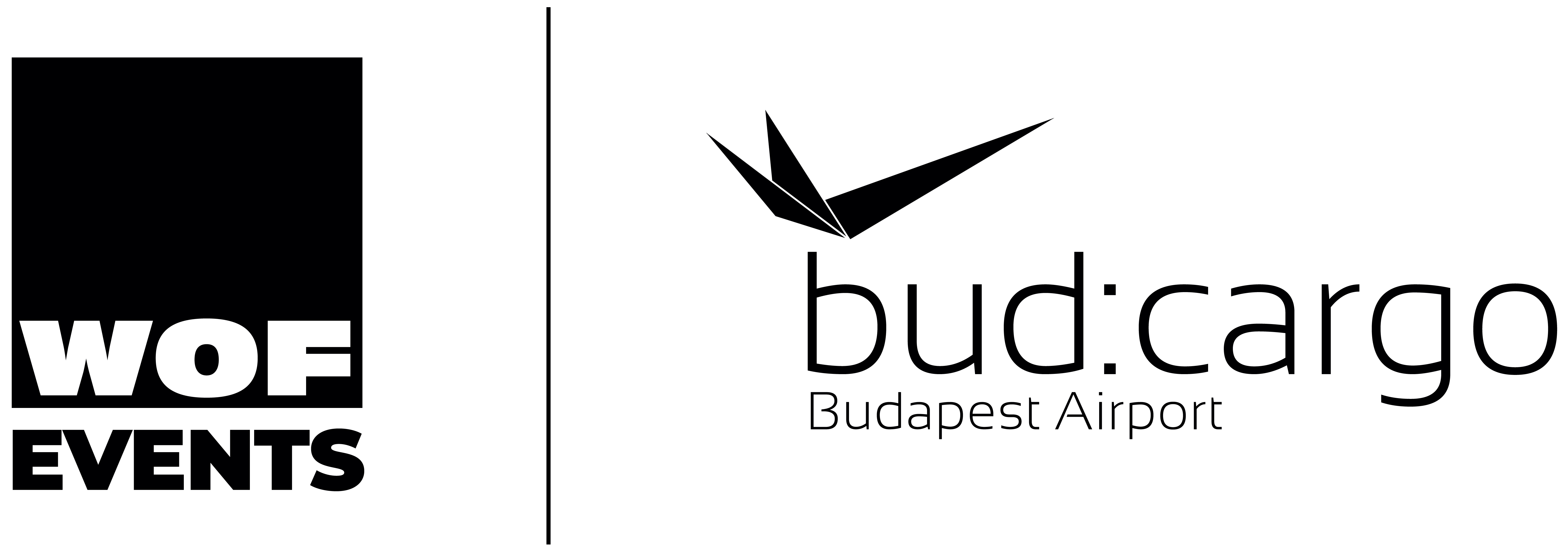Interview with CAN EREL
| 1. What are the main disrupters for Aviation/Aerospace development? Please note that I would like to see that any disruption could be an opportunity to improve the culture and technology through my 41-year career in different areas and layers of the aviation and aerospace industry. As you may know, the fact that my country Turkey is in the midst of transportation aviation traffic, |

| and that the world economy is in the midst of changing orbits of the center of gravity, has been supported by liberalization and the development of aviation infrastructure. |

| With the speed of the millennium, air transportation gained priority, and the development of this field has begun to attract the world’s attention and be known by double-digit growth figures.According to the “Turkey Civil Aviation Council Sector Report” published by TOBB Turkish Civil Aviation Council, the total arriving and departing passenger traffic in 2018 in Turkey increased by 9 percent and reached 210.5 million passengers compared to 2017.The total flight destination points of our airlines continued to increase in 2018. Our five airline companies offered flights from 7 centers to 56 destinations within domestic flights and to 318 destinations in 124 countries within international flights.Globally, according to ICAO data, 4.3 billion scheduled airline passengers were recorded in 2018.Airline passenger movements (arrivals and departures), which were 100 million globally in the 1950s, reached the level of 8.6 billion scheduled airline passengers in 2018.But in the first quarter of 2020, we’ve jumped into the COVID-19 infected aviation; almost all regulations and dynamics have started to change!So, I have to indicate that it is difficult to answer this question as it could be answered better a year ago. For example, a year ago I would have mentioned the approach from two angles. Business obstacles and technological obstacles.Within the scope of business barriers, I may have mentioned Classical Safety, Security and Environment, Instability of currencies, International laws, Collaborations, Privacy.Technical restrictions can be considered, for instance, Energy, Internet of Things, Digital Applications, Artificial Intelligence, Virtual Realities, Robotics.Some of my friends had been calling this century “the century of viruses” and this March 11th has proved them right.Everything began to change in life, work, and even leisure; since then, we have all started to live in a world infected with COVID-19!Previously mentioned disrupters turned out to be just primary or, at least, are being reconsidered in a new, more human-centered priority.For example, “Artificial Intelligence”, “Digitalization” and “Virtual Realities” were assumed as game changers in aviation. COVID-19 has already a huge impact on AI and digitalization in the aviation industry. It seems that the use of AI and digitalization technologies allows more optimization, efficiency, safety, adaptability, and more support to all aviation stakeholders. As we now live in the world infected by the COVID-19 we will, even more, use these technologies. In the education and training area, I am expecting to see more dense applications based on “Virtual Realities”…As we are all aware, in some segments we may say even the whole concepts are redefined, some of which are the aviation and aerospace industry, actually perhaps in the foreground.Based on that, I need to add to the list in the first lines also: • Redefined And Applicable Business And Technological Process Standards • Redefined Capital Structure• Redefined Cost End Price Structure • Cognizance Of Decision Makers About The New Standards and Structures • Reliable Accuracy • Reliable Transparency • Mutual Understanding And Fighting Force • Sustainability Of Health And Hygiene Standards • Redefined Accessibility • Redefined Deliverability I would add one more topic at the end: |

| “Gender Balance” in aviation; this is axiomatic, coming to us from Mustafa Kemal Atatürk, the founder of the Republic of Turkey. 2. Tell us about the key areas Logistics/Supply chain where Aviation/Aerospace can improve the most and why? Let me start by defining “Supply Chain Management (SCM)” and “Logistics.”SCM involves collaboration between firms to connect suppliers, customers, and other partners as a means of boosting efficiency and producing value for the end consumer.As a part of the supply chain process, in which Logistics plans, implements, and controls “just in time” movements of goods and services to delight both supplier and customer needs and expectations.It is pretty clear, the mode of transportation is in the loop, and in the case of the classic global economy, aviation is a crucial part of it.We know the importance of Regional Transportation Hub (RTH) in the demand regions like Central and Eastern Europe, the Middle East, and Africa. The region has been known as the bridge between east and west for centuries.As a part of the supply chain process, Logistics, plans, implements and controls the efficient, effective forward and reverses flow and storage of goods, services, and related information between the point of origin and the point of consumption to meet customer’s requirements.And aviation with the intellectual and infrastructural capabilities has to be well prepared and ready to support this exigency.On the other hand, in the COVID-19 world, there appears to be a semi-paralysis of teamed approaches to solving problems and observations, and I have been waiting for hearing about redefining the globalization, at least. Thus, regional solutions are making tentative steps to provide meaningful “Accessibility & Deliverability” and almost in all regards are gaining much more value.In terms of health and cost, it seems the new orders will not approach favorably to the cluttered and separated structures and organizations.Physical displacement of people is getting worse, particularly for the capital owners, decision-makers, VIPs, and those in urgent needs.We can see some changes in the business models. Aerial Hybrid Load solutions may be of greater importance, business and general aviation applications may find more acceptance, air medical services, EMS & HMS gain much more importance. 3. What is your opinion about positioning WOF EXPO in the Central and Eastern Europe region?There is no doubt that the region has been known as the cultural and economic bridge between east and west for centuries. So any initiative that makes it efficient to meet customer’s requirements better is the answer!I believe some current facts and figures, the infrastructures and air cargo capacities of the countries in the region, and statistical analysis from recent years may substantiate the wisdom of these words.For example, Istanbul Airport, with a transport capacity of 6 million tonnes, has been in operation since the end of 2018. Turkish Cargo’s smartest facility in the airport will soon have a closed area of 300.000 square meters and an annual capacity to sort out 4 million tons of cargo.In May 2020, Turkish Cargo, the fastest-growing air cargo brand in the world, achieved the highest growth rate among the best 25 air cargo carriers with a 16.6 percent growth rate, according to the International Air Transport Association’s (IATA) Freight Tonne Kilometers (FTK) February 2020 results. Taking into account that Turkish Cargo is previously ranked 8th in 2019, rising to 5th place, increased its global FTK market share to 4.4 percent, while the global air cargo industry shrank by 2.6 percent. According to FTK data, the importance of freight and air cargo in the region can be understood much more clearly.As a summary, the WOF EXPO is an accurate initiative regionally and, with collaborations, globally at the right place and time. Personally, I think that innovative business models MUST flexibly and accurately describe the impacts on our society of the COVID-19 New World. Logistics and statistics may suggest help, but in the end, it is the gender optimization of societal responses that will matter most. https://www.canerel.com.tr/ |


